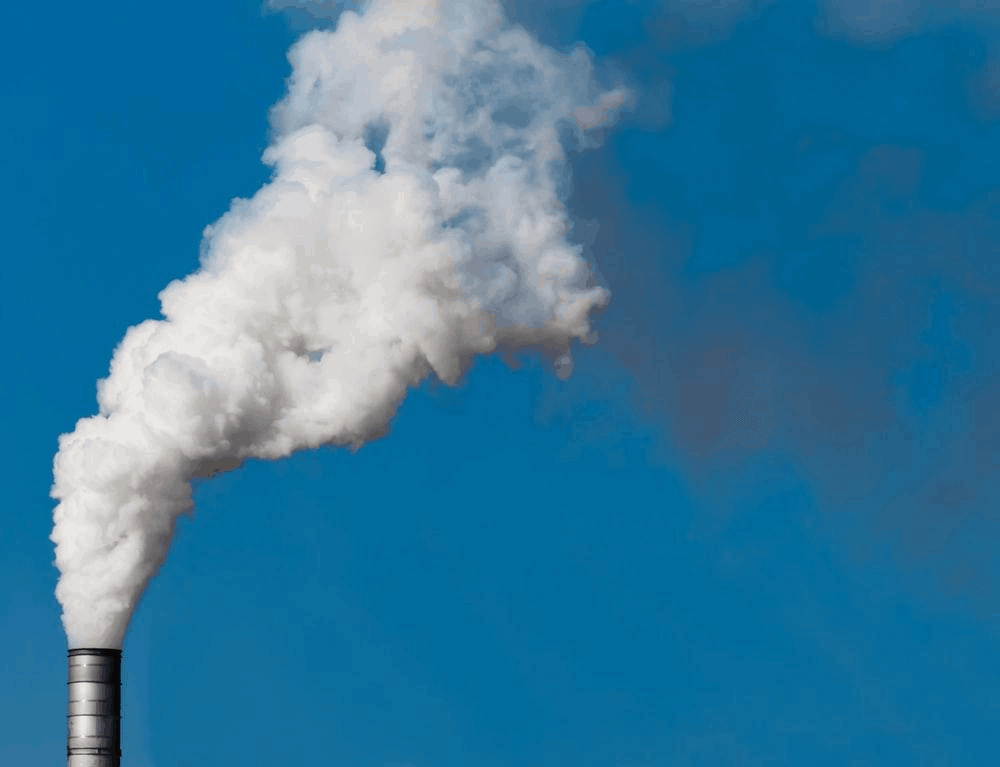All cooling tower owners should focus on reducing the overall risk associated with their system. So that, the general risk of legionnaires disease classification is reduced. In most cases, the only way this can be done is via capital investment. For example, automated dosing devices, fitting drift eliminators and recirculating pump timers are few ways via which you can be used to aid cooling towers. Nevertheless, without capital investment, the maintenance or operational program for the system will need to boost considerably.
If your cooling towers are not properly sustained that can seed dangerous disease. Legionnaires is one of the most common diseases or risk that forms when the bottle cooling towers are not disinfected properly. A cooling tower carries a large amount of water and is a potential breeding ground for legionella bacteria if they are not accurately sterilized and maintained. Moisture within a cooling tower is heated with heat exchange, which is an ideal environment for the bacteria to grow. Hence, resulting in bacterial growth of legionnaires.
Such disease occurs when an individual breathes in water droplets containing legionella bacteria. The more frequent cause of legionella is the potable water supply source, which gives numerous buildings in a neighbourhood an increased legionella bacteria-contaminated water and that is how everyone consuming it is influenced by the harmful water supply. The droplets are often ingested into the lungs from hot showers or drinking water.
As a result, these amplified bacteria are composed in the assigned water droplets as drift they are, they easily enter into human lungs and can cause LD. It is for this reason that cooling towers should never be equipped next to wide open air intakes. That can easily attract harmful bacteria.
Background of Legionellosis
The disease commenced in the year 1976 during the outbreak of pneumonia at an American legion convention. In such a location, over 200 cases were reported and about 34 people died due to it. This kind of outbreak occurs when two or more people become sick in the same place at the same time. These symptoms normally onset 10 to 14 days after exposure.
The risk of human vulnerability to Legionellosis is huge when water in a cooling tower is not maintained properly. You need to take the health risks related to the disease very seriously.
People Getting Infected With Legionellosis
Legionellosis is a common name for one of the numerous illnesses created by legionnaires disease bacteria. It is an infection of the lungs that is a form of pneumonia. Anyone can easily get infected with the disease via simply inhaling water mist with dilated legionellosis. However, today it is present at a very low level in the environment, lakes, streams and ponds, you can hardly find it in cooling towers.
Even though at low levels of contamination, the chances of legionellosis disease from water is very slim. Development of LD to accord infectious and multiply in great. It usually occurs in stagnant water, which often results in “dead legs” where there is infrequent flow.
Don’t Miss:- Round Cooling Tower: What It Is, Its Features, Application, and More!
Preventing Spreading: The Key To Legionella Risk Management

Constant cleaning of the cooling tower fills is needed to avoid getting the place infected with harmful germs. Legionella concentrations of biocide would kill if they were individually suspended in water.
Different types of towers, including crossflow cooling towers, counterflow cooling towers, round cooling towers and others, have the same impacting quality. Spray water under pressure creates a mist that can release the disease-causing bacteria into the atmosphere. Towers that drive water to the distribution tray can cause water to flow over plastic fill. Such spreading of the water promotes less exposure to nature. Yet, the reason for legionella is unknown. As a result, the use of biocides in towers may be improper or may be useful in decreasing bacteria to deficient levels.
Maintaining Water Source:
The water treatments propose maintenance practices to make sure that the cooling tower is clean. Centrifugal separation is a good practice to gain this objective. It’s a method of separating substances with various specific gravities by means of centrifugal force. On the other hand, an operational method is used to ignore stagnant water in the cooling system.
Summing up the above points,
Cooling tower parts such as drift eliminators and corrosion issues must be checked daily to protect cooling towers from legionella outbreaks. Cooling towers are no doubt prone to breaking legionella bacteria, so proper maintenance is needed. Such water within cooling towers is heated via heat exchange, which is an ideal place for the bacteria to grow. Keep in mind that the disease breaks when an individual breathes in water droplets from the infected water.



